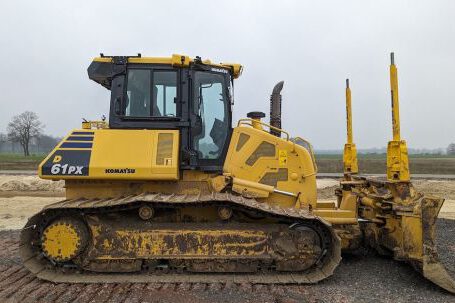The use of renewable energy in crane operations is becoming a more viable solution for many businesses looking for ways to reduce their environmental impact and improve their operational efficiency. Cranes are traditionally powered by diesel, but the introduction of renewable energy technologies such as solar and wind power can offer more reliable and cost-effective solutions. This article will discuss the benefits of using renewable energy for crane operations, the different types available, and the potential challenges that need to be addressed when transitioning to renewable sources.
Benefits of Renewable Energy for Crane Operations
As more businesses look to reduce their carbon footprint, the use of renewable energy for crane operations is becoming increasingly attractive. Renewable energy sources such as solar and wind power offer several advantages over traditional diesel-powered cranes. Firstly, they are more reliable and cost-effective in the long term, with the potential to provide a steady and renewable source of energy. Secondly, using renewable energy can reduce the environmental impact of crane operations, as the energy is sourced from clean sources that do not emit harmful pollutants.
Types of Renewable Energy for Crane Operations
There are several different types of renewable energy that can be used for crane operations, each offering their own unique benefits. Solar energy is one of the most popular sources, as it can be used to power a variety of crane operations. Solar panels can be used to capture energy from the sun and convert it into electricity, which can then be used to power the crane. Wind energy is another popular source, as wind turbines can be used to generate electricity for crane operations. Finally, wave energy can also be harnessed to provide energy for crane operations, as the movement of waves can be used to create electricity.
Potential Challenges of Transitioning to Renewable Energy
Although the use of renewable energy for crane operations is becoming more attractive, there are several potential challenges that need to be addressed. Firstly, transitioning from diesel-powered cranes to renewable energy sources can be expensive and time-consuming. Additionally, the efficiency of renewable energy sources can vary depending on the weather and the availability of resources. Finally, the installation and maintenance of renewable energy systems can be complex and require a long-term commitment from businesses.
Conclusion
The use of renewable energy for crane operations is becoming increasingly attractive as businesses look for ways to reduce their environmental impact and improve their operational efficiency. Solar and wind power are the two most popular sources of renewable energy for crane operations, as they offer reliable and cost-effective solutions. However, transitioning to renewable energy sources can be expensive and time-consuming, and businesses need to be aware of the potential challenges that come with it. Ultimately, the use of renewable energy for crane operations is a viable solution for many businesses looking to reduce their environmental impact and improve their operational efficiency.






